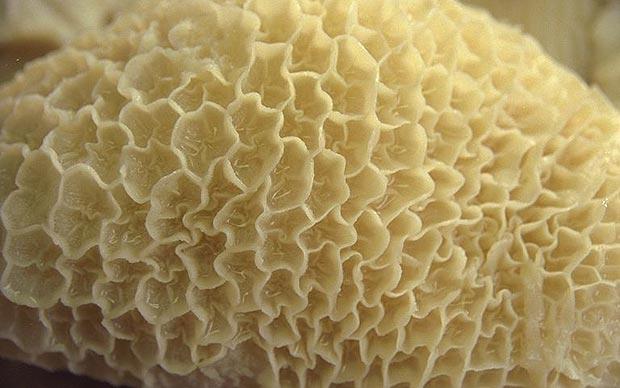A while back, I found the birth record for Richard Frost, firstborn son of my great-great grandmother Sarah Bonnett nee Frost. Prior to tracking down his birth, I found him listed as Sarah's brother in the 1851 census, living with Sarah's parents John and Elizabeth (nee Kilby) at 12 Denman Street in Leicester. John worked as a stocking maker; Sarah as a stitcher. She also had an infant, son William, father unknown, who later took the surname Bonnett when Sarah married Emmanuel. Young Richard kept his Frost surname through most of his too-short life, apart from being listed as Richard Bonnett on the 1861 census - by which time, Sarah and Emmanuel were living in Aston, Warwickshire. But back to Richard.
For a long time I simply thought his birth was secret and unregistered; Sarah was unmarried and the 1851 census showed her parents may have been suggesting that Richard was their child, not grandchild. But then I found the record for Richard Shipman, a boy, born to mother Sarah Bonnett of 12 Denman Street on 30th January 1847. Birth registered by Sarah; father named as Richard Shipman, a needlemaker.
It looks like Sarah orginally stated that she was Mrs Shipman - or the registrar made the wrong assumption - but the surname has been crossed out, and Frost written as a correction on the certificate.
I find this birth registration fascinating: Sarah's second illegitimate son, William, is registered without a father's name. To include Richard Shipman's name on her son's certificate, surely Sarah must have had his permission or some sort of proof that he was the father? However, it was only after 1875 that the registrar obliged the father to also sign the register, meaning Sarah might have just given the father's name - and her false married status. But it gives us the missing insight into baby Richard's ancestry.
But there's still a mystery. There's a Shipman family living on the same Denman street in 1841 - father Richard Shipman, a needlemaker, with several children, including his namesake, Richard Shipman, listed as age 13. Richard junior would have been 19 at the time of Sarah's son's birth. But by 1851 he has disappeared: not present on any census, marriage, or death record. There's a possibility he moved to Lancashire - several Shipman relatives found there - but no proof. I've searched and validated all the possible death records, but none fit his age or parentage. Richard Shipman Junior has disappeared.
His father, however, continues to live and carry on his trade as a needlemaker, in Leicester, until his death in 1867.
There are no newspaper articles to help solve the mystery: Richard Shipman senior was called as a witness to the death of a young woman in 1837 and there's a possible sign of Richard Shipman junior scrumping apples. But while I assume it's the younger Richard that was Richard Frost's birth father, I don't have definitive proof.


















